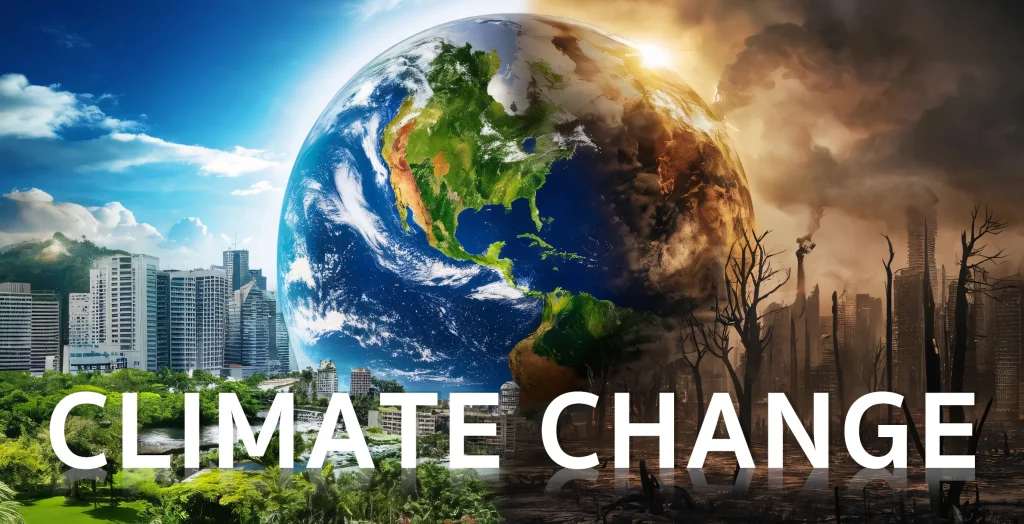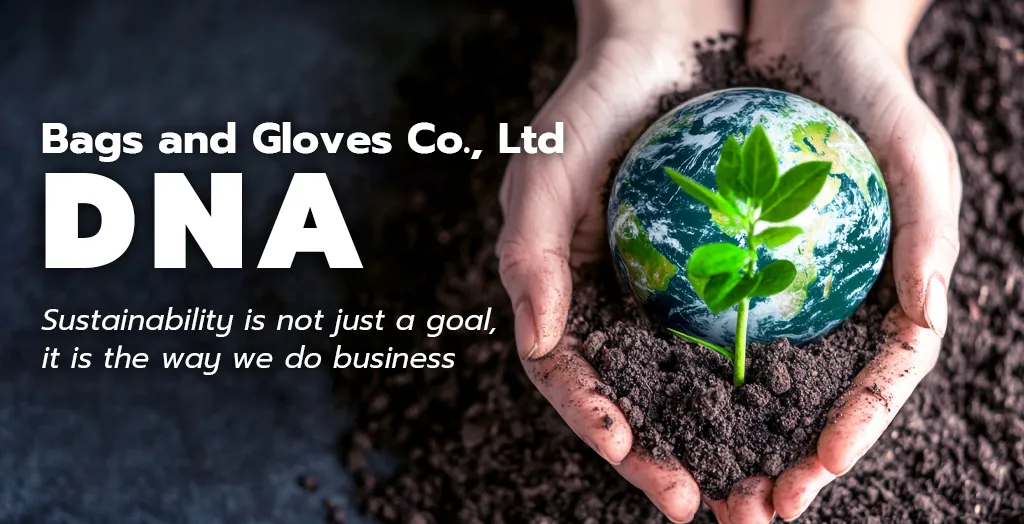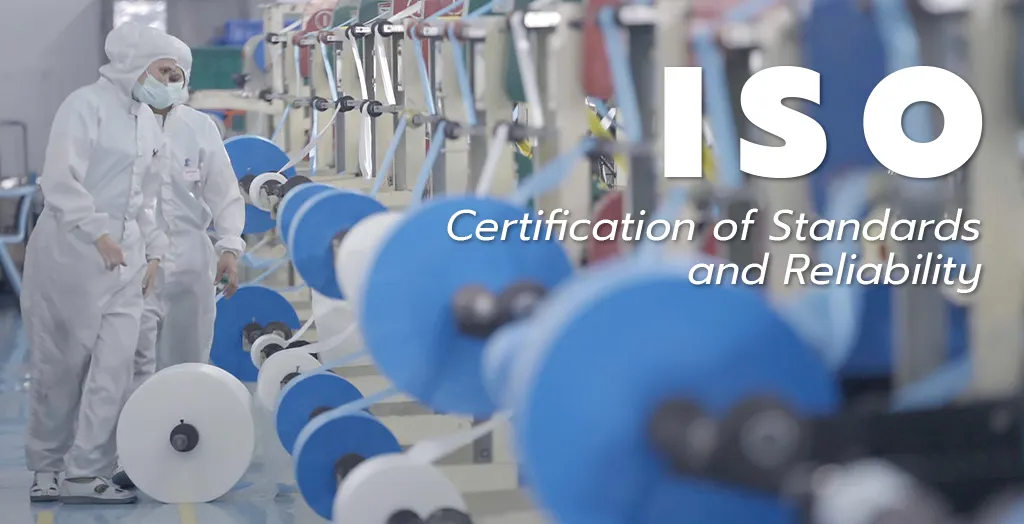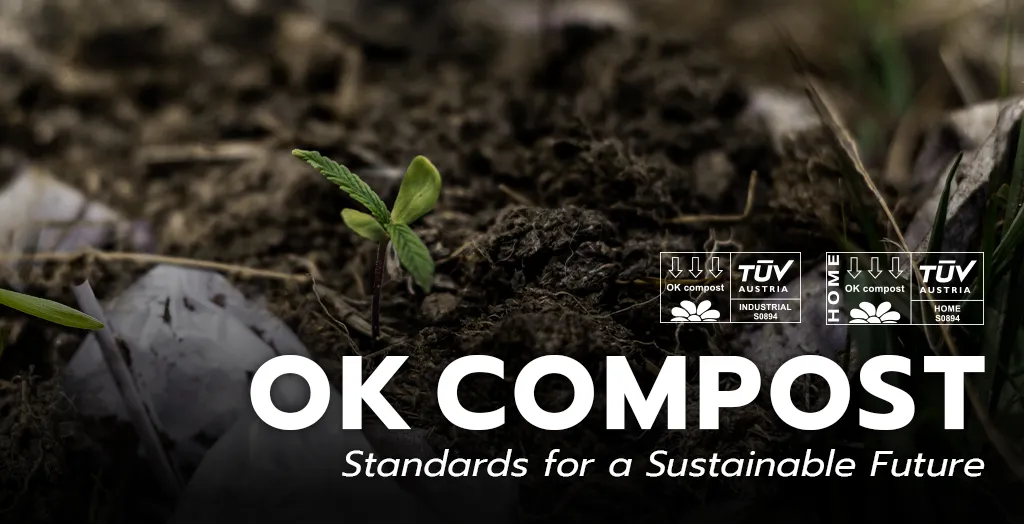In recent years, the world has witnessed a number of unexpected events — from flowers blooming in Antarctica due to global temperature shifts, to increasingly severe natural disasters around the globe. In October 2024, for example, Valencia, Spain, experienced one of the deadliest floods in its history. Most recently, a massive wildfire in Los Angeles caused unprecedented destruction, marking one of the largest fires in the region’s history. One of the key contributing factors behind these incidents is climate change.
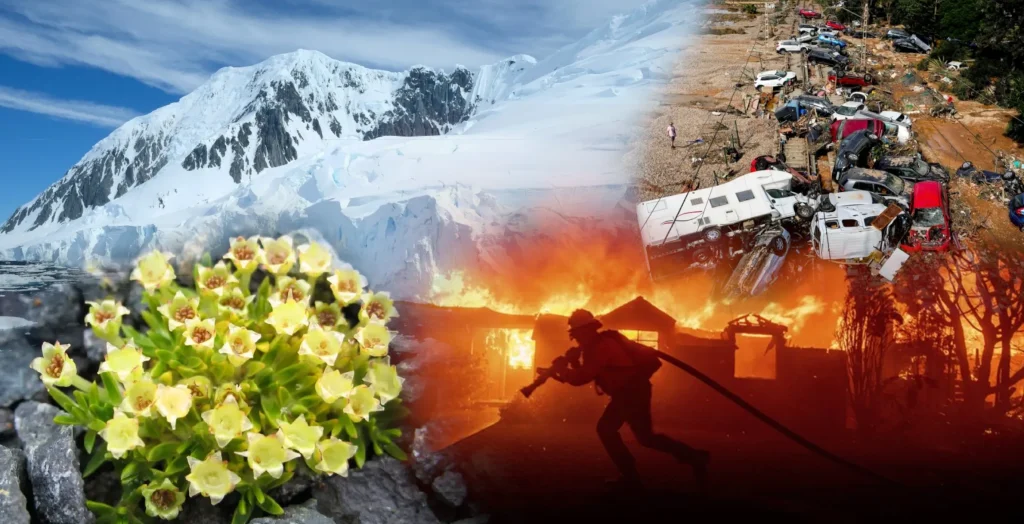
What is Climate Change
Climate refers to the long-term patterns of weather that define the Earth’s atmosphere over decades or centuries. Under normal circumstances, climate changes slowly — often over hundreds or thousands of years. However, in the past few decades, we’ve seen rapid climate shifts that are dramatically impacting life on Earth — from microscopic marine organisms to large mammals, plants, and, of course, human communities across the globe.
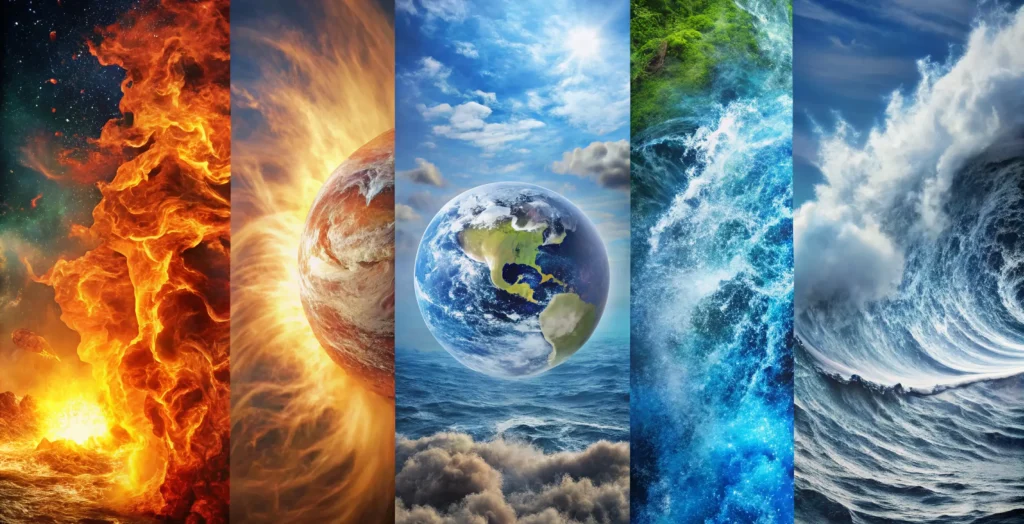
What Causes Climate Change
The primary driver of climate change is human activity. This includes the burning of fossil fuels for electricity, transportation, and manufacturing, as well as deforestation for agriculture and urban development. These actions release greenhouse gases (GHGs) such as carbon dioxide (CO₂), methane (CH₄), and industrial refrigerants like hydrofluorocarbons (HFCs) — many of which are synthetic gases that can linger in the atmosphere for hundreds or even thousands of years.
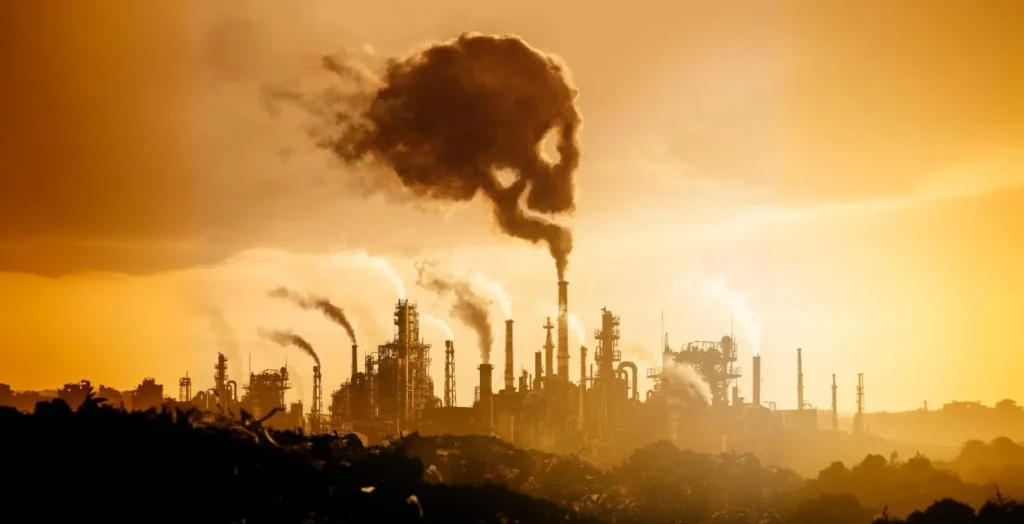
What Causes Climate Change:
- Burning Fossil Fuels: The use of coal, oil, and natural gas in power plants, factories, and vehicles releases carbon dioxide (CO₂) — the primary greenhouse gas contributing to global warming.
- Agricultural Activities: Livestock farming, especially cattle, emits methane (CH₄) — a gas much more potent than CO₂. Additionally, chemical fertilizers release nitrous oxide (N₂O), another powerful greenhouse gas.
- Industrial Manufacturing: Producing materials like steel, cement, and plastics requires large amounts of energy and emits CO₂, as well as fluorinated gases used in refrigeration, which can linger in the atmosphere for centuries.
- Transportation: Vehicles running on gasoline and diesel release large amounts of CO₂, especially in traffic-congested cities.
- Deforestation: Trees naturally absorb CO₂. When forests are cleared for agriculture or urban development, this carbon-absorbing capacity is lost, resulting in higher atmospheric CO₂ levels.
Impacts of Climate Change
- Rising Global Temperatures: Average global temperatures are steadily increasing, causing extreme heatwaves across many parts of the world — including Thailand.
- Rising Sea Levels: Melting polar ice caps are causing sea levels to rise, threatening low-lying islands and coastal regions with flooding and submersion.
- More Severe Natural Disasters
- Stronger storms and typhoons
- Unseasonal heavy rainfall → flooding
- Drought from lack of rainfall
- More frequent wildfires in dry areas like Australia and California
- Agricultural Disruptions
- Unpredictable seasons affect crop cycles
- Soil dries out and water becomes scarce
- Pest populations increase due to warmer temperatures
- Animal Extinction Risks
- Polar bears lose habitat due to melting ice
- Species in high mountains or deep oceans struggle to adapt or relocate
- Human Health Risks
- Heatwaves can be fatal
- Flood-related diseases such as dengue and leptospirosis
- Respiratory illnesses from fine particulate pollution (PM2.5)
- Economic Consequences
- Higher risk for farmers and food supply chains
- Increased insurance payouts due to frequent natural disasters
- Higher utility bills from increased electricity and water usage in summer
How to Tackle Climate Change
- Reduce Fossil Fuel Consumption
- Use electric vehicles or public transportation
- Turn off lights and appliances when not in use
- Use energy-efficient appliances
- Switch to Clean Energy
- Install solar panels
- Utilize wind, hydro, or biomass energy in homes and industries
- Plant More Trees
- Trees absorb CO₂
- Expanding green spaces in urban areas helps lower local temperatures
- Reduce Plastic Waste
- Carry reusable bags and bottles
- Recycle plastics as much as possible
- Support Eco-Friendly Products
- Choose organic products
- Use biodegradable packaging
- Support products made with clean energy
In a balanced state, GHGs help regulate the Earth’s temperature by trapping some of the sun’s heat while allowing excess heat to escape back into space. This natural greenhouse effect keeps the planet warm enough to support life. However, excessive GHG accumulation traps too much heat, causing global warming — and more recently termed global boiling due to the increasing severity.
In 2024, the Earth’s average surface temperature reached 1.5°C above pre-industrial levels — a critical threshold that signals accelerated climate risks.
Bags and Gloves Co., Ltd. – Our Commitment
Bags and Gloves Co., Ltd. is a leading plastic manufacturer in Thailand, specializing in both conventional and biodegradable plastic resins, which are processed into high-quality plastic films and converted into a variety of end products such as disposable gloves, aprons, arm sleeves, and other protective gear for food and medical industries.
With over 28 years of experience and a strong commitment to international quality standards, we recognize the importance of sustainable practices in combating climate change. Through innovation in bio-based materials and support for a circular economy, we strive to be part of the solution for a greener future.
Contact us for more information


